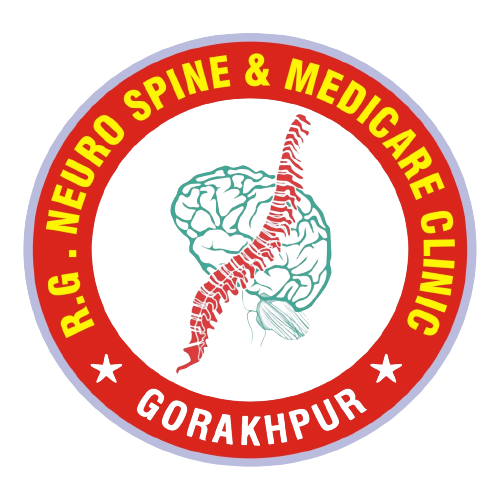Cervical Spondylitis
Causes
Spondylosis is caused by chronic wear on the spine. This includes the disks or cushions between the neck vertebrae and the joints between the bones of the cervical spine. Over time these changes can press down on (compress) one or more of the nerve roots. In advanced cases, the spinal cord becomes involved.
Symptoms
- Pain in the neck that may travel to your arms or shoulders.
- Headaches.
- A grinding feeling when you move your neck.
- Weakness in your arms and legs.
- Numbness in your shoulders, arms, or hands.
- Stiffness in the neck.
- Trouble keeping your balance.
- Trouble controlling your bladder or bowels.
Treatment
Ibuprofen (Advil, Motrin IB, others), naproxen sodium (Aleve) or acetaminophen (Tylenol, others) is often enough to control the pain associated with cervical spondylosis. Heat or ice. Applying heat or ice to your neck can ease sore neck muscles.
Diagnosis
Sometimes, healthcare providers can diagnose cervical spondylosis with just a physical exam. Other times, they may order tests to learn more about what may be causing your symptoms. These tests may include the following: X-rays show the bones in your neck, their alignment, loss of bone and bone spurs (if present).

